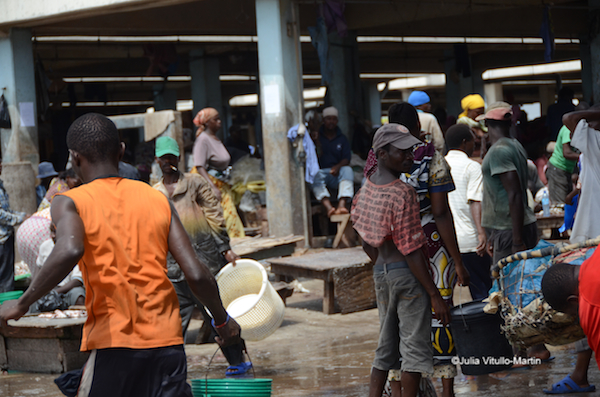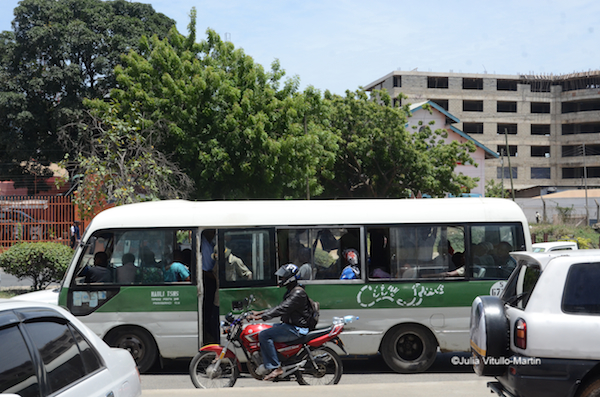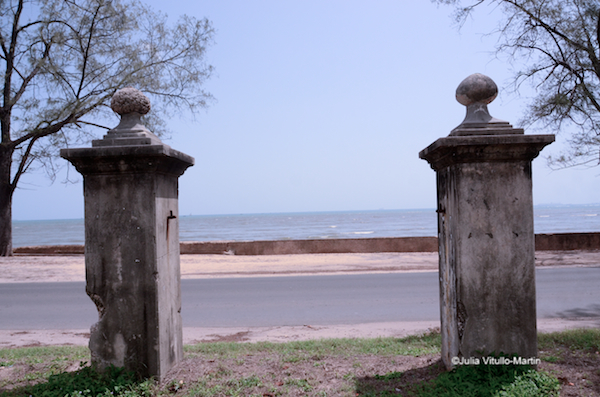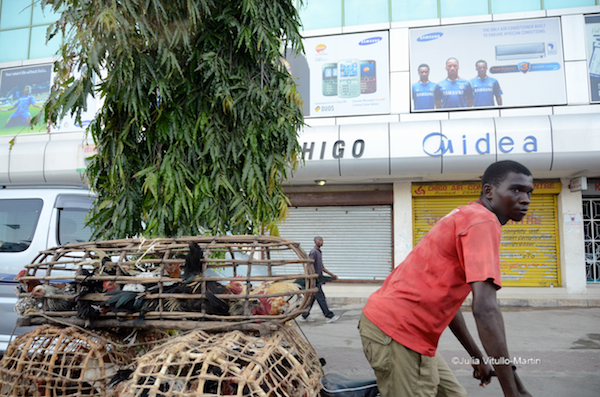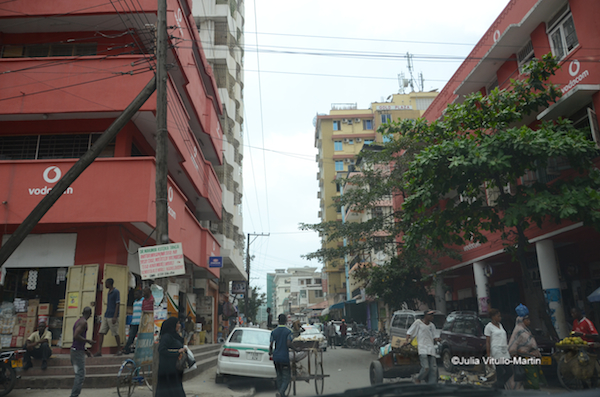Beautifully sited on the curving shore of the Indian Ocean in Tanzania, Dar es Salaam sits on ancient trade routes between the Far East and the African interior. Named in the mid-19th century by Sultan Seyyid Majid of Zanzibar, Dar es Salaam means “haven of peace.” It’s an honorific title the city has sometimes struggled to merit–with its share of terrorist violence (the 1998 bombing of the American embassy, for example), bitter labor disputes, and fairly constant petty crime.
Nonetheless, today Dar is the busiest port in East Africa, and the target of substantial Western and Chinese investment. Though it is a city with an attractive waterfront and decent infrastructure, it doesn’t have a concerted public image yet. As a result, tourists heading for Tanzania’s most famous sights—the Serengeti, Mount Kilimanjaro, even nearby Zanzibar—rarely so much as pause in Dar es Salaam.
But if you’re interested in cities, it’s worth a closer look. For one thing, its underlying city planning bones are good but can Dar develop without growing into an uncontrolled mega-city?
The rigid street grid (developed by the Germans) is efficient and rational, helping to save Dar from the congestion that besets so many African cities. Traffic is bad, but not hopeless. Public transport is underdeveloped, but entrepreneurial individuals have leapt into the fray with some 1,800 privately owned dala-dallas (mini-buses) and far more boda-bodas (motorcycles). Both systems may be phased out soon, however. There are plans to build a Bus Rapid Transit system with $290 million in World Bank financing, which will serve 300,000 passengers daily on 148 buses.
Much of Dar es Salaam’s waterfront is accessible and undeveloped, so the future holds possibilities. Indeed, the Gate Posts of Eternity (above) open onto a serene and empty stretch of waterfront. The posts face onto Ocean Road, a main artery now called Obama Avenue, in honor of the American President.
Best of all, many of Dar’s neighborhoods–commercial as well as residential–are walkable and bikable.
Architects have also become interested in Dar es Salaam’s downtown. Umoja House (below) was designed by BDP Studios. With its floating solar roof and external louvres to prevent overall heat gain, it’s been called a “fitting response to the city and its climate.” It houses the British High Commission as well as the embassies of Germany, the Netherlands, and the European Commission.
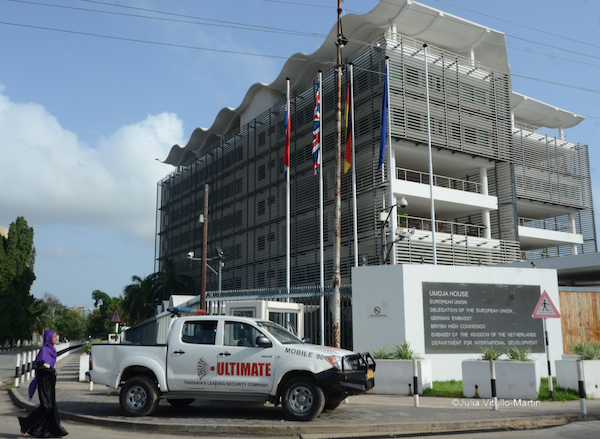
Other major architects have designed buildings for downtown, especially for embassies and consulates. These sometimes clash–but also occasionally fit in–with the art-deco and neoclassical buildings from Dar es Salaam’s colonial past.
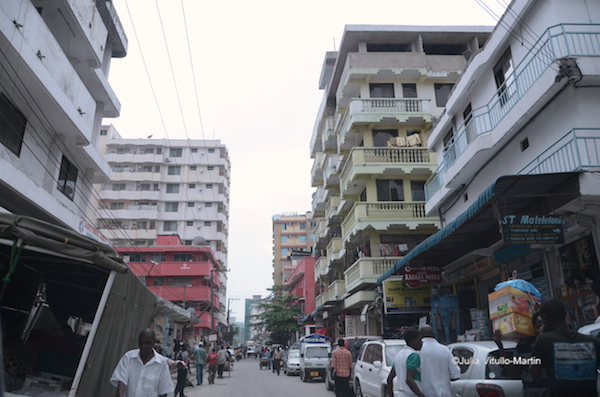
The British Council Tanzania meanwhile has put New York-style graffiti murals on its exterior walls, which has the effect of conveying cheerful tolerance over what’s basically concrete security barriers. Graffiti artists include Bronx-born KooL KooR, for example, and Dar-born WCT Crew.
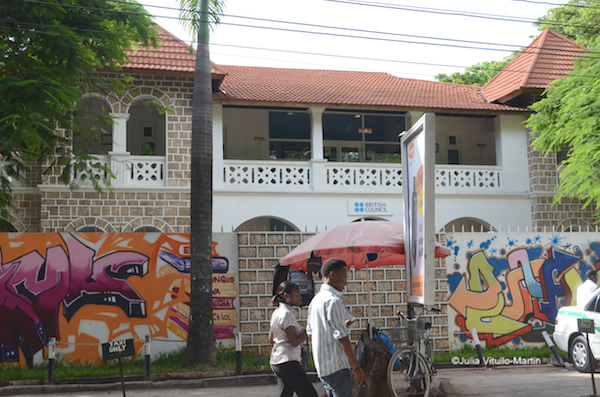
On the political front, President Obama told crowds in Dar on Monday that the goal is “for Africa to build Africa for Africans. Our job is to be a partner in that process.” Whether that claim is unrealistic remains to be seen. China has pledged huge capital investment–$10 billion, for example, to build a new port in Dar. Worse, the UN Conference on Trade and Development found that US companies actually repatriated $20 million more from operations in Tanzania than they invested. Trade between China and Tanzania last year totaled $2.47 billion, Tanzania’s trade with the US was just $360 million. For now, the fact that Africa is home to some of the fastest growing economies in the world ensures that it will be difficult for Tanzania to keep foreign interests at at bay, including American ones.
Julia Vitullo-Martin is a Senior Fellow at the Regional Plan Association and director of its Center for Urban Innovation. Get in touch with her @JuliaManhattan.






